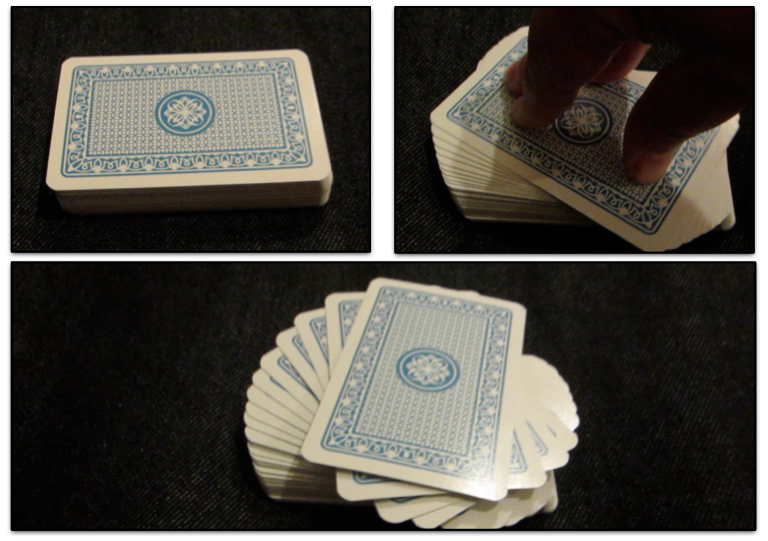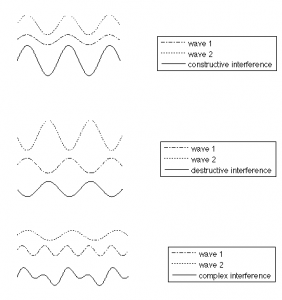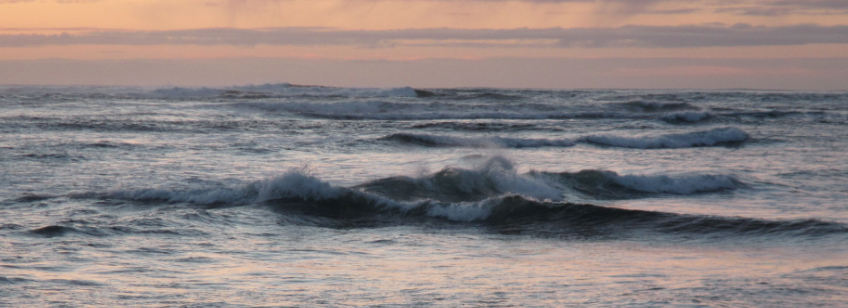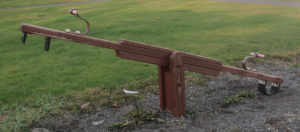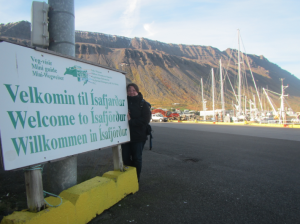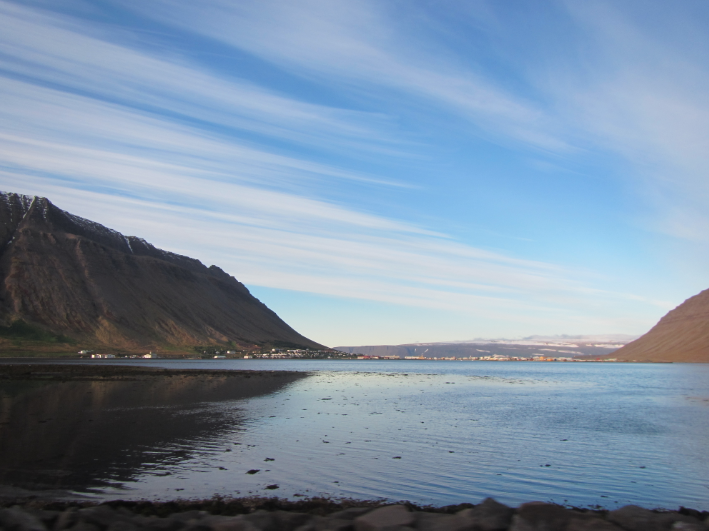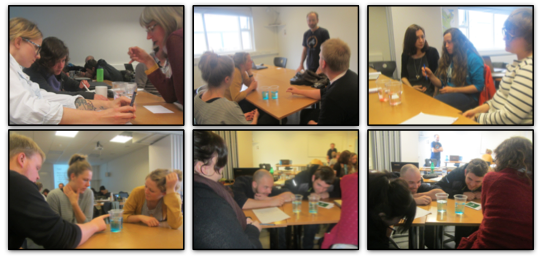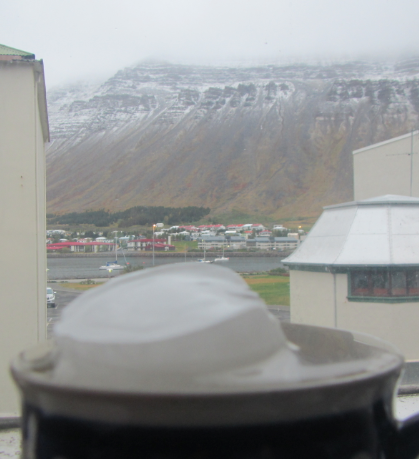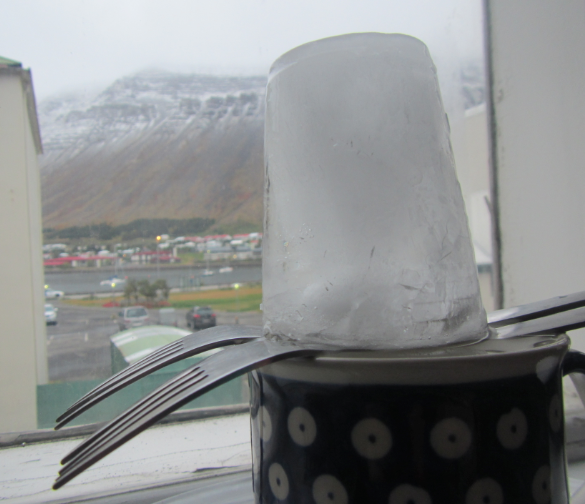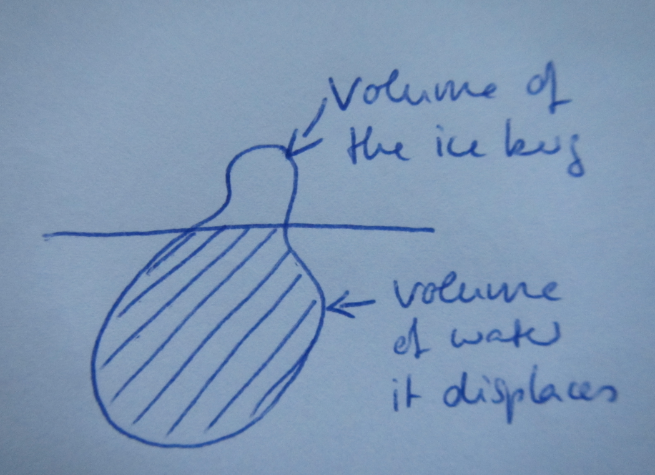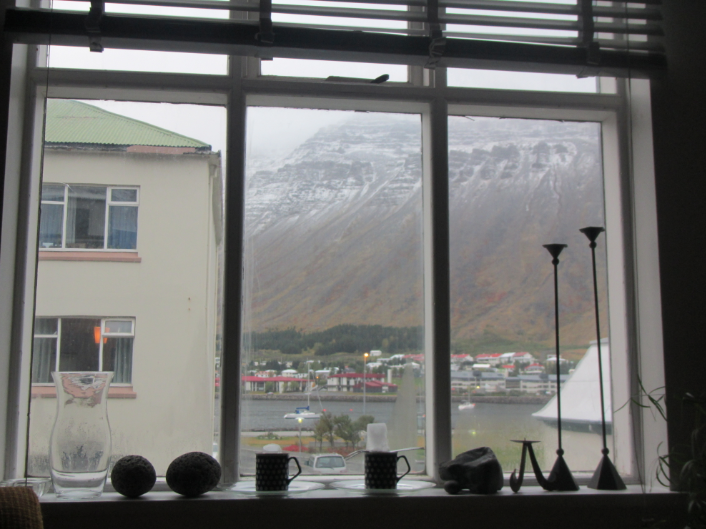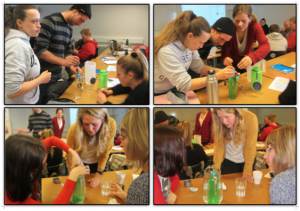My experiences with giving a lecture via Skype.
As I mentioned in yesterday’s post, I taught two lectures at the University Centre of the Westfjords, Iceland, in 2012 while physically being in Norway. How did that work out?
Teaching via Skype is a great option for when travel is not in the cards, be it for environmental, economic or other reasons. But I can tell you – it is a lot more stressful than teaching in person because you miss out on all of the non-verbal clues that tell you whether or not students are following. But I would do it again any time!
Why did it work out well? I think there were several important factors. In no particular order:
1) I over-prepared. I tend to be over-prepared, but in this case I put a lot of time into preparations, and I even talked through both lectures with a friend to make sure they were structured in a way that was easy to understand.
2) I had all the important key words on the slides. I always try to make sure to have key words on my slides so students can write down any weird technical terms that I might use and forget to explain, but in this case I defined everything on the slides.
3) I had an ally physically present in the class room. I think this was probably the most important reason for why things worked out really well and why my stress levels didn’t go through the roof when we realized that the internet connection was too weak for a two-way video. When departing for a research cruise from Reykjavik and visiting someone at their marine research institute, I happened to walk into the lab of the person who was responsible for the course, Hrönn. Hrönn and I clicked immediately and so while I was on Skype talking to the class, I knew I could rely on her to make sure things went well on the other end and to give me all the crucial information that would otherwise not have been communicated – if students got bored, if students looked like they did not understand, if everybody had left the room and left me sitting there, talking, if the connection was so bad people couldn’t understand me, etc.. Even though in the end she did not have to do anything, it helped enormously to know that she was there and would let me know if things went wrong.
4) I introduced myself to the students. I put up a picture of myself, talked about my background, where I was living, why I was interested in oceanography, why I was skyping in to give the lecture. During the lecture, I mentioned examples of how the topic was relevant to my personal life and told stories of my own experiences. Teaching via Skype adds a lot of distance – I tried to still be visible as a person and connecting on a personal level as much as possible.
5) I sent the slides before the call. This might seem obvious, but it really helped to know that they had the slides in Isafjördur already and that in the worst case if the internet were to break down, I could just deliver my lecture via speakerphone.
6) The slides were numbered with clearly visible numbers in one corner. Again, it might seem obvious, but it was really helpful to be able to say “go to slide 16” rather than having to go through “go three slides back, see the diagram? No? Then try going back one more. Still no diagram? I’m talking about the slide with ….”.
7) I made sure I could see the students. Since the internet connection was very slow, we could unfortunately not have a two-way video call for the whole duration of the lecture. But what we did was this: They showed my slides via a projector (thankfully they were numbered!), my video stream was initially, until the connection became too slow, shown on a laptop that was moved to face the class, and I could see the class via that laptop’s webcam. I could only see shapes and not distinguish facial expressions, but when I asked them to nod or shake their head in response to a question, I could see them respond. Next time, I would maybe even try using the ABCD card method or some other way to get more direct feedback in a Skype lecture.
8) We had tested the technology before. We knew what part of the classroom was visible via the webcam so we could ask the students to sit there, we had tested connecting via Skype, we had the telephone numbers on hand as a backup and we “met up” in Skype a couple of minutes before the lecture was supposed to start. But maybe this should go under the “over-prepared” heading.
All in all – I can’t stress the importance of preparation enough, and if you are to teach via Skype: Make sure you have someone in that class that you know and trust to be your ear on the ground to let you know if things don’t go the way they are supposed to.
And have fun! In the evaluation of that course, people explicitly mentioned my lectures as a highlight of the course, and I got really positive feedback. So teaching via Skype might be a bit of a hassle, but it is definitely possible to teach well via Skype.
